Photorealistic-text-to-image generation
AI-powered ultra-realistic visualizations
Create an image of a serene lakeside view
Visualize a futuristic cityscape at night
Generate a photorealistic image of a vintage car
Illustrate a detailed jungle scene
Related Tools
Load More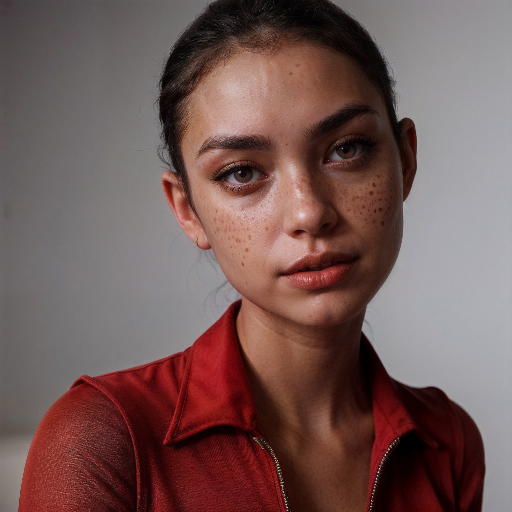
Photo Realistic GPT
Generate realistic images with text

Photo Realistic
Photo Realistic Picture Creator.

Foto Realista
Crea imágenes realistas

3D Render
From ideas to lifelike 3D renders.
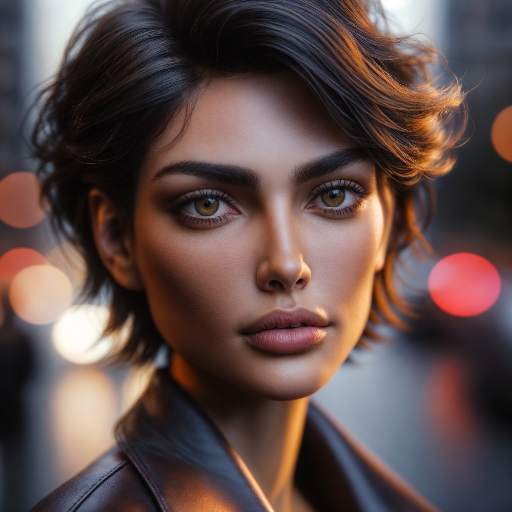
Digital Models
Expert in creating and refining digital human models.
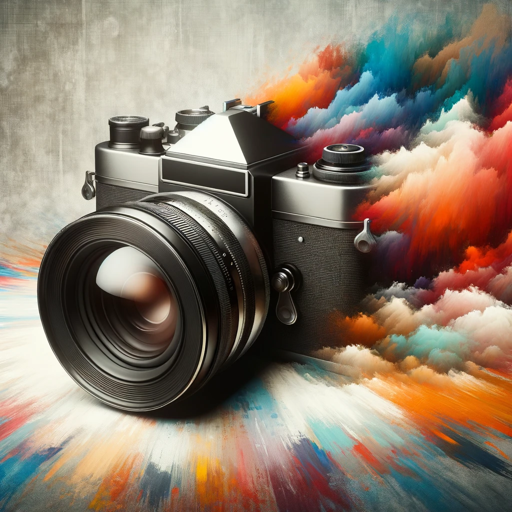
Photorealistic PRO
AI Art Curator for DALL-E
20.0 / 5 (200 votes)
Introduction to Photorealistic
Photorealistic is a specialized tool within the GPT family, designed to transform text descriptions into ultra-realistic visual representations. Leveraging the advanced capabilities of DALL-E 3, it excels in creating lifelike images that capture the subtle nuances and details of real-world photography. Photorealistic is ideal for users seeking detailed and realistic visualizations for various purposes, ranging from creative projects to professional presentations. For example, an architect might use Photorealistic to create realistic renders of a proposed building from textual descriptions, while a marketing professional might generate lifelike images of a product prototype to gauge consumer interest.

Main Functions of Photorealistic
Text-to-Image Transformation
Example
Generating a photorealistic image of a sunset over a mountainous landscape based on a detailed textual description.
Scenario
A travel agency needs to create visually appealing promotional materials for a new tour package. Using Photorealistic, they can transform descriptive text about the tour's scenic views into stunning images that attract potential customers.
Detailed Scene Visualization
Example
Creating a lifelike image of a bustling city street in the 1920s with specific architectural styles and period-appropriate elements.
Scenario
A film director is planning a period drama set in the 1920s. They use Photorealistic to visualize and plan the set design, ensuring historical accuracy and visual impact in the film's scenes.
Abstract Concept Illustration
Example
Visualizing complex scientific concepts, such as a black hole bending light, in a photorealistic manner.
Scenario
An educator teaching astrophysics can use Photorealistic to create realistic illustrations of complex concepts, making them easier for students to understand and engage with.
Ideal Users of Photorealistic Services
Creative Professionals
This group includes artists, designers, and filmmakers who benefit from Photorealistic's ability to turn imaginative concepts into vivid, lifelike images. They can use these visuals to enhance their projects, from digital art and illustrations to set designs and storyboards.
Marketing and Advertising Teams
Marketing professionals and advertisers can leverage Photorealistic to create realistic images of products, scenarios, or promotional concepts. This helps in creating compelling advertisements, visual campaigns, and market testing prototypes with a high degree of realism.

How to Use Photorealistic
Step 1
Visit aichatonline.org for a free trial without login, also no need for ChatGPT Plus.
Step 2
Explore the tool's features and capabilities by reading the provided documentation and examples.
Step 3
Prepare your detailed text descriptions or image examples that you want to transform into ultra-realistic visuals.
Step 4
Enter your descriptions or upload images into the Photorealistic interface, ensuring to follow any provided guidelines for optimal results.
Step 5
Review and download your generated images. Make adjustments to your input if necessary to refine the output further.
Try other advanced and practical GPTs
マリコ先輩の人生相談
AI-powered, straightforward life insights.
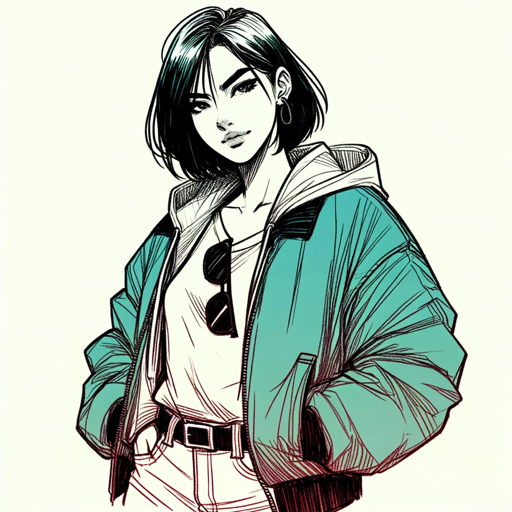
COBOL Sage
AI-powered COBOL programming and debugging assistant
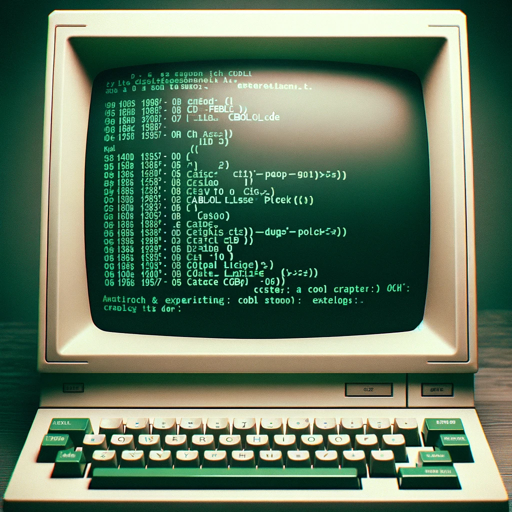
文案专家-专业类
AI-Driven Content, Tailored for You
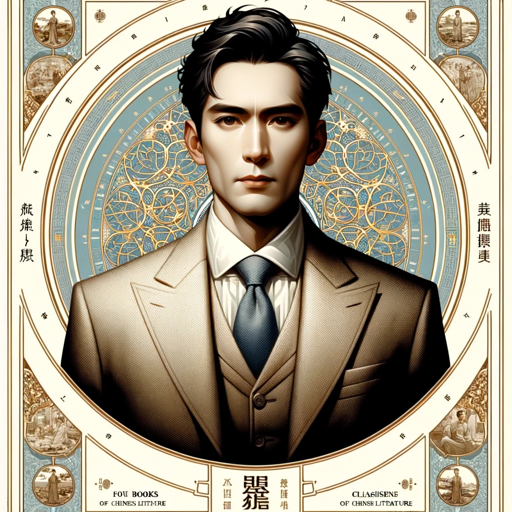
42master-LLM Papers
AI-driven support for research and writing

code explain
AI-powered code understanding

LLM论文导师
AI-powered academic paper analyzer

Code Mentor
AI-powered technical assistant for coders

语言连心
AI-powered translation between Chinese and Japanese.

Vintage Poster Creator
Create AI-Powered 1950s Style Posters

Story Weaver
AI-powered support for your writing journey.
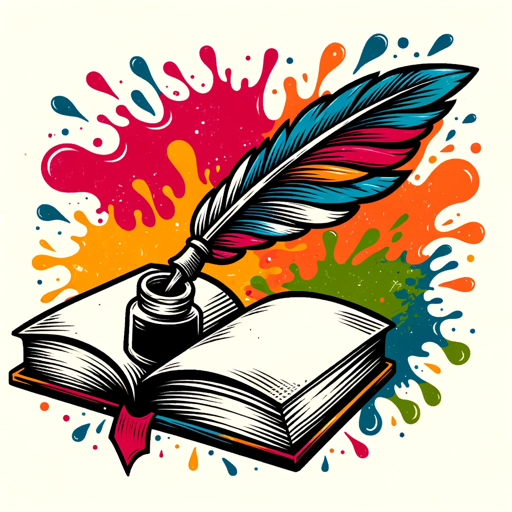
MixerBox Weather
AI-Powered Weather Insights Anytime, Anywhere
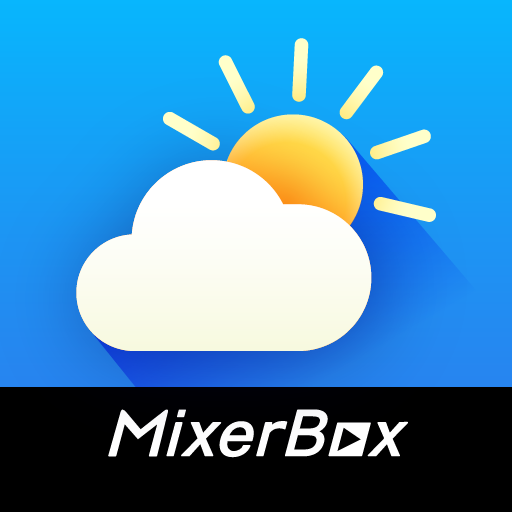
Custom Instructions Generator
AI-powered Custom Instruction Creator
- Marketing
- Research
- Education
- Storytelling
- Design
Frequently Asked Questions about Photorealistic
What is Photorealistic?
Photorealistic is a GPT-based tool that specializes in transforming text descriptions and image examples into ultra-realistic visuals using DALL-E 3, focusing on realism and clarity.
What are the prerequisites for using Photorealistic?
There are no prerequisites for using Photorealistic. You can start using it immediately by visiting aichatonline.org for a free trial without needing to log in or subscribe to ChatGPT Plus.
What common use cases does Photorealistic support?
Common use cases include creating realistic images for marketing materials, academic projects, creative storytelling, product design, and more.
Can Photorealistic handle abstract concepts?
Yes, Photorealistic excels at visualizing abstract concepts with a focus on realism and clarity, making it suitable for various creative and academic applications.
How can I optimize my experience with Photorealistic?
To optimize your experience, provide detailed and specific descriptions, follow the provided guidelines, and experiment with different inputs to achieve the best results.